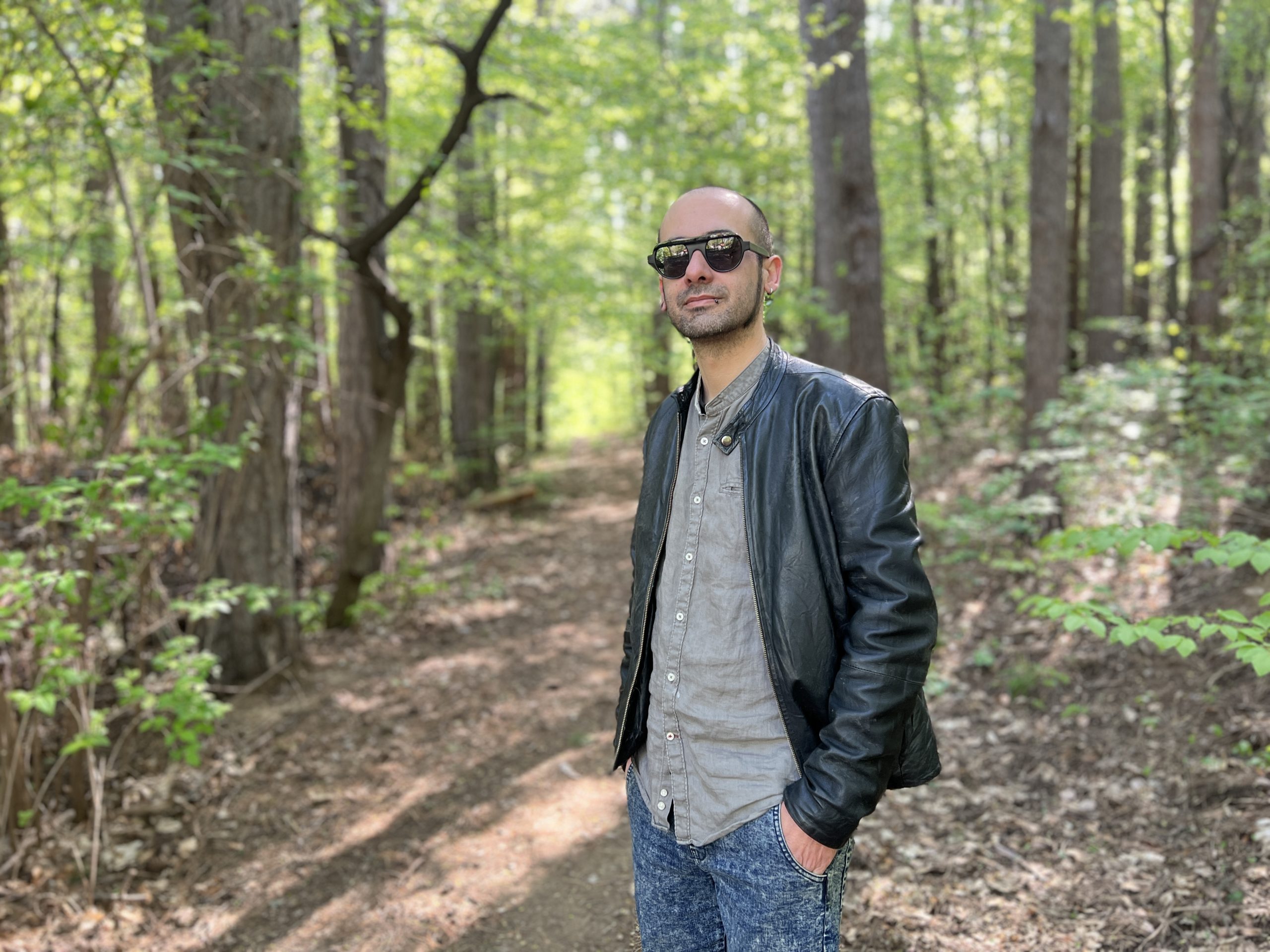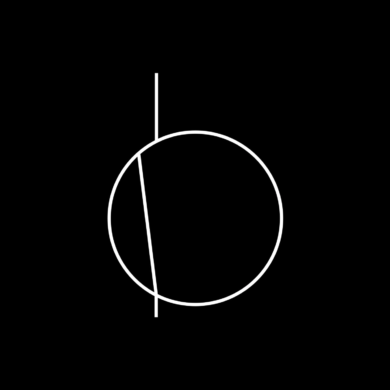Artistic success has nothing to do with the number of sales. It may be achieved by releasing music on a label you’ve been following for years, from the feedback of an estimated colleague, from the invitation for an event you’ve dreamt of, from getting a residency in your favourite venue, or from travelling in magic locations which you’ve always felt a deep connection with. (Ness)
Contents
1. Portrayal
2. Top 3 of the artist’s music
3. A mix you shouldn’t miss
4. Interview on a selected topic
5. Links
“THE MOST HYPNOTIC SOUND IS THE METRONOME”
Ness takes a big place in the heart of hypnotic techno lovers, particularly those who have joined the movement from the Prologue years. He is however usually not the first artist that comes to mind, when naming the initial tracks that caught people’s interest in the music genre, as the newcomers would usually mention Cio D’Or, Mike Parker, Donato Dozzy, maybe Deepbass or Polar Inertia. But when digging deeper into the hypnotic techno realm, the name “Ness” quickly comes as an evident pillar of the genre, like a guardian of it who has always been there, welcoming new listeners with his reassuring musical arms.
During the first discoveries, his name quickly pops up everywhere, in the press from Monument to Resident Advisor, in track lists of mixes, or through his own ones, that he has recorded for emblematic podcasts such as The Memoir, Monument, Orb Mag, On The 5th Day and PoleGroup. He often appears in Facebook posts, through his music shared by hypnotic techno lovers or through his own publishing, often tainted with sarcastic yet forthright views on the world.
If you are lucky, you may have attended one of his events at festivals such as OZORA or MoDem, or in legendary clubs such as Corsica Studios in London, Concrete in Paris, Tresor in Berlin, Bassiani in Georgia or even Space in Ibiza. Of course, those are exciting venues for the Italian artist, who lives them with a child’s eyes. However, his happiness can grow equally when mixing in more intimate spaces: an intriguing loft in Sofia, usually reserved for art exhibitions; a deep techno stage in a library from Oslo, in-between books; a country with a special audience, Japan, where he has been touring at least a dozen times, to connect with the fascinating culture and society; a club of Medellín, filled with the warm Colombian people, to celebrate an anniversary of TGP…
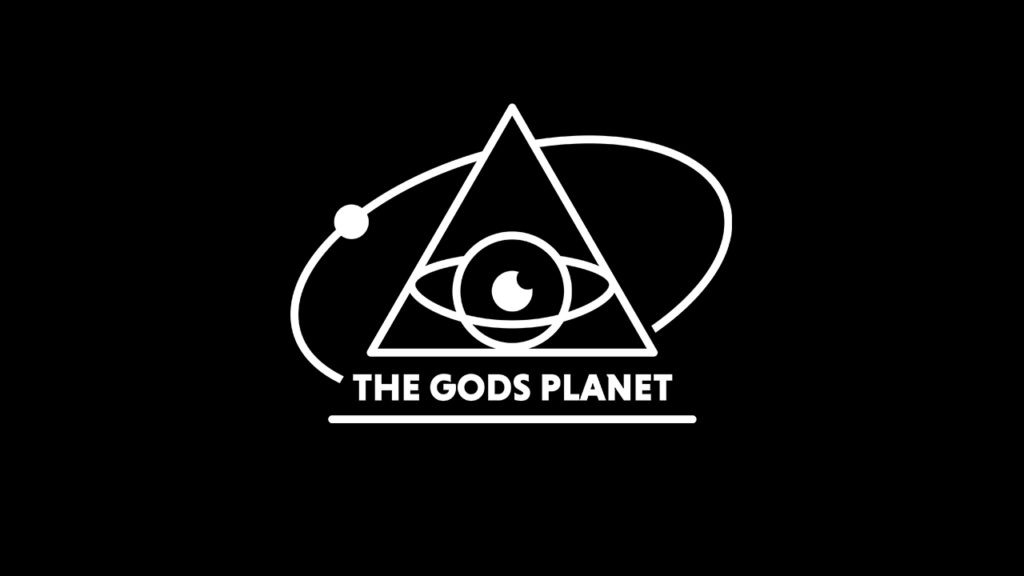
Ness also casts a shadow through his label TGP, founded with Claudio PRC in 2010. “TGP” is the well-known initials of “The Gods Planet”, which brings a potential confusion: Claudio PRC and Ness are too humble to take themselves as “Gods” and they were not drinking some fortified Sardinian wine when they named the label as such. There is obviously another interpretation: the title in fact suggests that the producers are the exclusive and free creators – “the Gods” – of their music – their “planet”.
The creation of the label became concrete after an open-air rave in 2010: the two mystical producers were scheduled to play one after another, but decided to go for a b2b. Their rising complicity led them to build TGP a bit later in the same year, which they ran together until 2020, before Claudio PRC took his own path to founding 012.
Today, TGP is only run by Ness, who didn’t change the approach: supporting talented producers, no matter if they are well-known in the circuit, such as Reggy Van Oers, Blazej Malinowski and Primal Code, or talented emerging artists, such as Kontinum and Pattrn. The message is clear: from the hymn of independence that the name suggests to the “name your price” type of releases that we sometimes see: it’s all about the music, more than anything else.

While focusing on Ness’ music, in particular, we can almost hear through his sonic layers “you can get lost in my atmospheric layers, it’s safe here.” With systematically well-designed productions, the Italian artist quickly understood the legacy given by the Elettronica Romana peers. While Dozzy, Lupi, Gigli, Sabatini and Laertes have brought Detroit’s hypnotic techno back to the alternative culture, in the chill-out era, in particular, Claudio PRC and Ness, who came right after, have considerably contributed to diffuse “the sound of Roma” worldwide, before the arrival of Luigi Tozzi, who has also been a key artist in that propagation. Altogether, they have designed among the deepest atmospheres in the techno realm and still do, giving a much warmer flavour to it than what Detroit was developing.
Of course, they had other influences as well: Ness originally came from the progressive trance scene and joined the techno movement through Basic Channel’s dub techno, following then the various hypnotic techno sagas. He remembers: “Back in the days, I was not really aware of what hypnotic techno really was; I was just producing music and it turned out to be that aesthetic. For me, the sound of Prologue was just a certain kind of minimal techno, enriched with some atmospheres.”
Ness then details the artists who have inspired him: “Beside the producers of Roma, I’ve been very influenced by Sandwell District: Function and Regis played a big role in my path, as well as Luke Slater. There was also James Ruskin with Blueprint. So in my music, there is the German dub techno, the UK and the Italian schools, but also the Spanish sound, with Tadeo in particular; I have a lot of his records from his early productions. Tadeo really influenced me. The Finnish sound of Sähkö has also been inspiring to me: that’s how I got in touch with Rasmus Hedlund, with who I collaborated for a release on my first label Mono Records, founded before TGP. He’s also one of my favourite producers.” Mono Records is another story that needs to be told. It requires a journey “back, way back into time”.
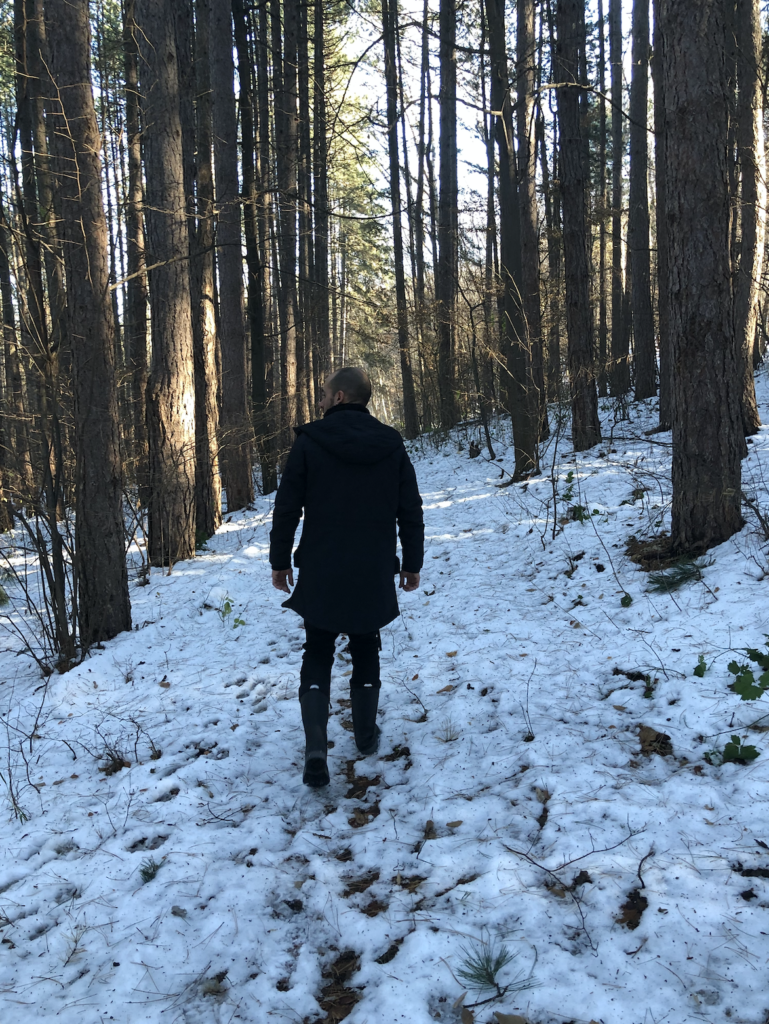
Ness’ very first connection to electronic music came in 1984 when his father brought a Commodore 64 back home. “It was our first computer and I immediately fell in love with the synthetic 8 bits sound from the video games. I was recording it on tape cassette to dance on it,” he remembers. Ness’ memories somehow recall Donato Dozzy’s own entry into electronic music, also at a very young age, when, on his side, he got fascinated by the soundtracks of his favourite mangas. Both artists didn’t only have in common a fascination for Japan, they were both captivated by out-of-the-box sounds, compared to what the other children of the same age were listening to. The comparison doesn’t stop here: Dozzy became a huge collector of vinyls, Ness as well, before he even had any turntable to play them: “I was fascinated by the vinyl format, and I was not the only one: I was meeting some other collectors in online forums, and together, we were sharing the music and the passion. We were also all buying records to support the artists,” he explains.
In a lifetime, there is possibly this moment when we find out “why we are on Earth”, in a potentially solemn – if not orchestral – way. Ness’ destiny was clearly not to become a doctor, as his father was hoping. He already felt in his high studies, chosen in the field of economics, that he would eventually become a manager, but didn’t expect that he would one day run record labels. He recalls: “I studied economy for five years and didn’t conclude the learning: it was precisely in those years that the trigger to DJ’ing started. I was about twenty-three years old and it came from inside as clear evidence.”
Ness bought the necessary gear in 2005, and back to this foundational moment, he says: “I explored DJ’ing at home and started recording my mixes, without pretending to be a DJ, just for the passion. I began dreaming about performing in nightclubs and started uploading some of my mixes to a forum. Another DJ from the platform got in touch with me and invited me to play with him: he was a local artist from Sardinia named Riky Raider, mixing in bars mainly. He once called me for a plan on a beach, that’s how I got my first experience in front of a crowd.”
Then, Ness met more and more people, allowing him to play in many bars in the town. In parallel, he made some studies to become a sound engineer, an activity which he did for a few years. “DJ”, “sound engineer”, all the ingredients were reunited to become a producer. Ness bought Reason in 2006 and sent his first track in 2007 to a Sardinian label. In the same year, he had his first gig in a club and got dragged into the business of record shop by a friend named Bettosun: “There was only one record shop in Cagliari,” Ness explains. “The owner was looking for a successor and Bettosun convinced me to dive into this experience with him.”
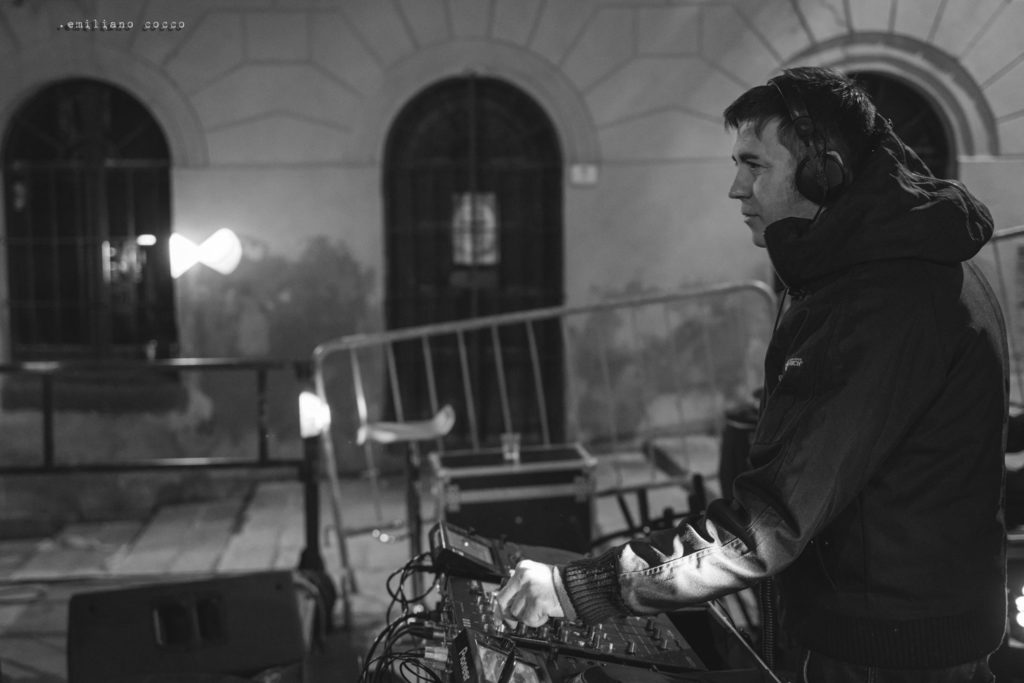
The two mates ran the record shop together from 2007 to 2010 and while thinking of this adventure, Ness smiles: “In 2008, we ordered a DVD for the shop; a documentary on Ibiza by Chris Liebing. In a sequence of it, I was surprised to hear my track; it was like only a few seconds of it but I would never have expected anything like this that would happen to me in my life! It was the beginning of something…”
From their various activities in music, Bettosun and Ness decided to launch a label: Mono Records, which released a few vinyls and a dozen digital EPs from 2009 to 2012, mainly in the minimal house genre. In parallel, the record shop had a regular client who became an important figure: an unknown artist named Claudio PRC…
“He was among our first clients when we opened the shop,” Ness says. “He was coming quite often to buy records and we became friends. He made me know Elettronica Romana and introduced me to Prologue. It happened very spontaneously that I collaborated with the latter: I had three tracks which – I think – were matching with the sound of the label; I sent them and the EP got released in 2011.”
Ness also details the birth of TGP: “Claudio PRC was coming often to the shop to the point that I moved from my house in Cagliari to his apartment where we’ve been living together. It’s in his apartment that TGP was born, after that b2b set in 2010. We started to make music and launched the first EP like that, with two very small speakers.”
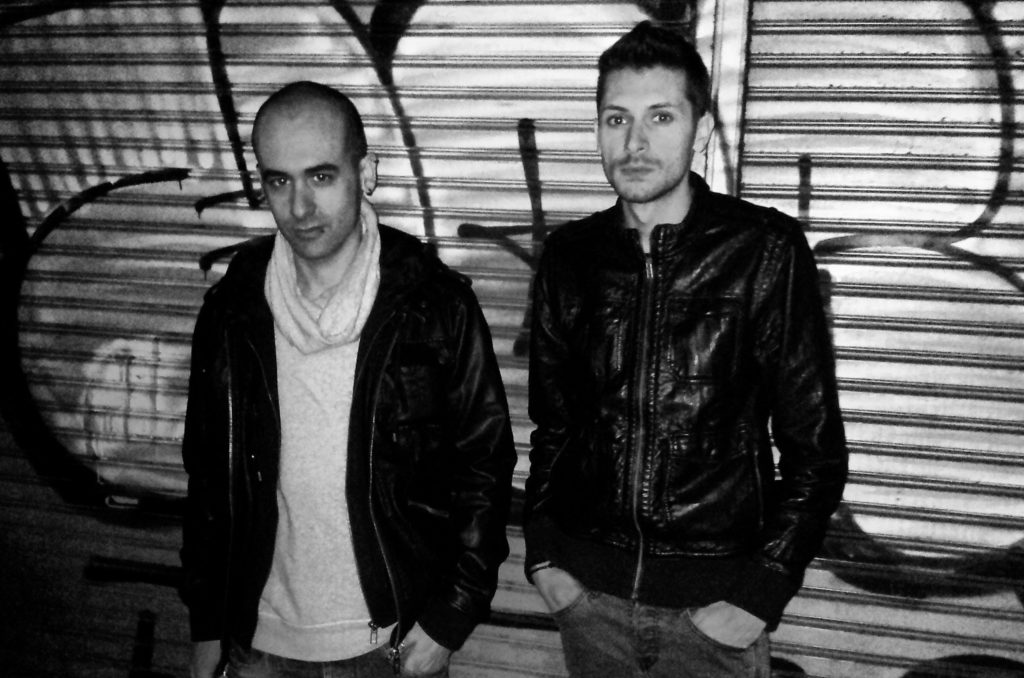
Ness had a similar experience later with Scottish stalwart Deepbass: both artists also lived together, from 2015 to 2017 in Barcelona. From the collaboration came the phenomenal EP “Unconscious Perception” among others. Ness claims: “Deepbass is the artist I have produced the most with. We were jamming a lot together in the studio and released some music out of these sessions.”
2017 has also been marked by the release of Ness’ first solo album: “Trancemigration“. As the name suggests, the work contained some dreamy sonorities, which surprised the fans. It is the result of Ness having experienced the famous psytrance festival OZORA one year before. He remembers: “I had kind of a revelation over there. The festival had a huge impact on my music and on my vision of reality. It was my first psychedelic experience and it had a profound meaning for me. It was also like a call to my roots, having been into this movement in my early electronic music path, before moving to minimal techno. I kind of rediscovered this progressive trance or reconnected with it.”
It took then five years for Ness to come back with a second album, “Flesh Of The Gods“, which reached our shores like a tsunami. In the course of a special DJ session, he developed a great link with the crew of Navigare Audio and released this monument, which feels like an updated version of Prologue’s best works, subtly merged with his trancey influences. This artistic and technical evolution seems to be his new standard of production, stronger than ever.
Today, Ness lives in Bulgaria, after having followed his girlfriend in the country, also very involved in the techno scene. He is surrounded by a forest, which is pretty amazing for an atmospheric techno artist… He’s embracing some chilling vibes, without losing his perceptive sense of humour: to the question “What is the most hypnotic sound that has ever existed according to you?”, asked by a member of our community, Ness answered: “The metronome.”
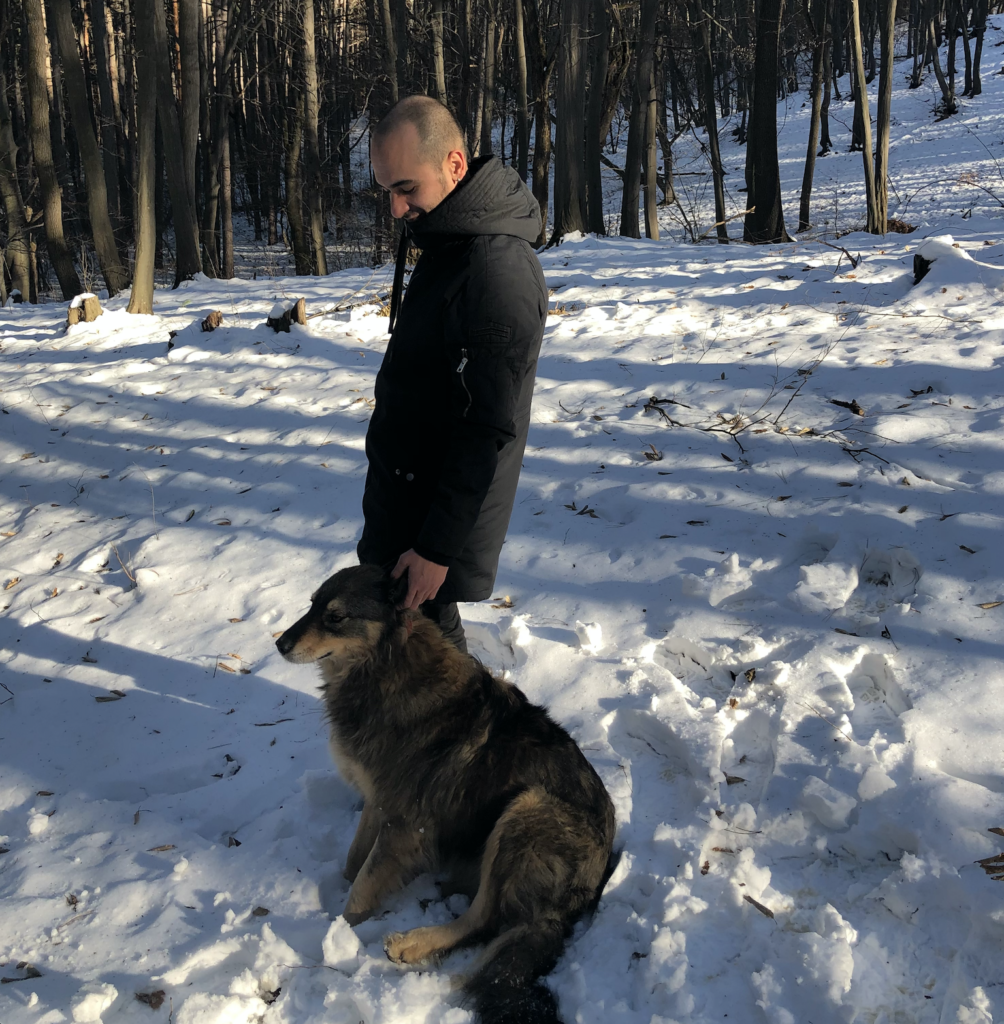
OUR TOP 3 OF NESS’ MUSIC
Chart established from his first release until the publishing of this review, in May 2022.
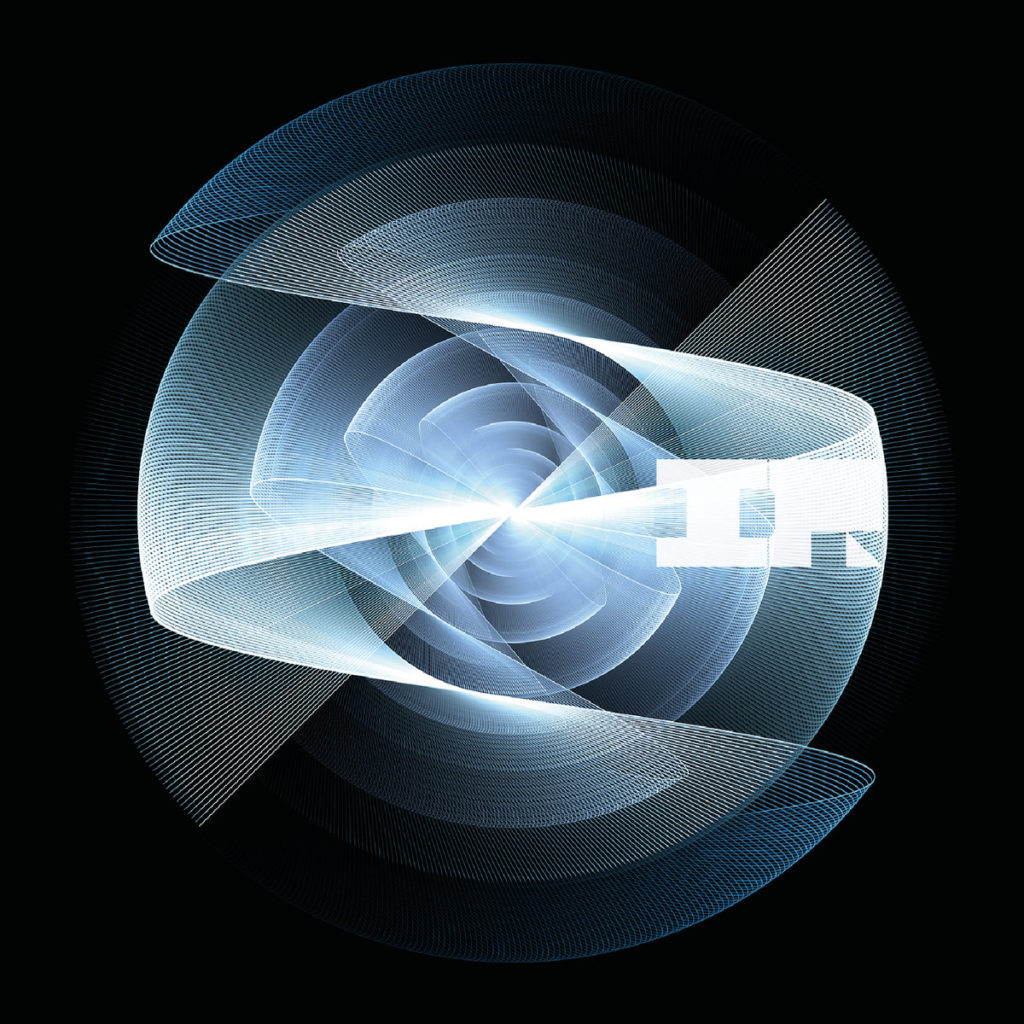
#3
Deepbass and Ness – Unconscious
[Informa Records, 2017]
Emre Ünal, member of our community, said about the track that “it was making him feel like he just passed the event horizon of a black hole on his way to infinity”. The amplitude of the soundscape has been particularly well dosed, creating a feeling of falling, that makes us understand Ünal’s poetic view: the deepness of the bass frequencies opens the vortex, while spirals in the back translate a barely perceptible danger. Surrounding percussions knock between each other like the particles of a cosmic ring, and the dreamy aerial pad starting at 3 min invites the listener to get lost in the vacuum. If such an interpretation is worthy of an acid shot, it potentially installs at least a visual setting in the “unconscious” mind…
The EP, from which the track is derived, has been released on Deepbass’ record label “Informa“, just before Ness left Barcelona. The title of the track also evokes another monumental work released four years earlier: “Norm Talley – Deep Consciousness (Ness Unconscious Rework)” on the defunct Swedish label “Phorma“, whose name also evokes “Informa”. It just takes only a few steps to highlight through this anecdote how much the “unconscious” mind is at work with these artists…
It’s however not what matters: it’s in those productions that Ness confirmed his skills to create a great balance between the light and the dark forces, for our greatest pleasure.
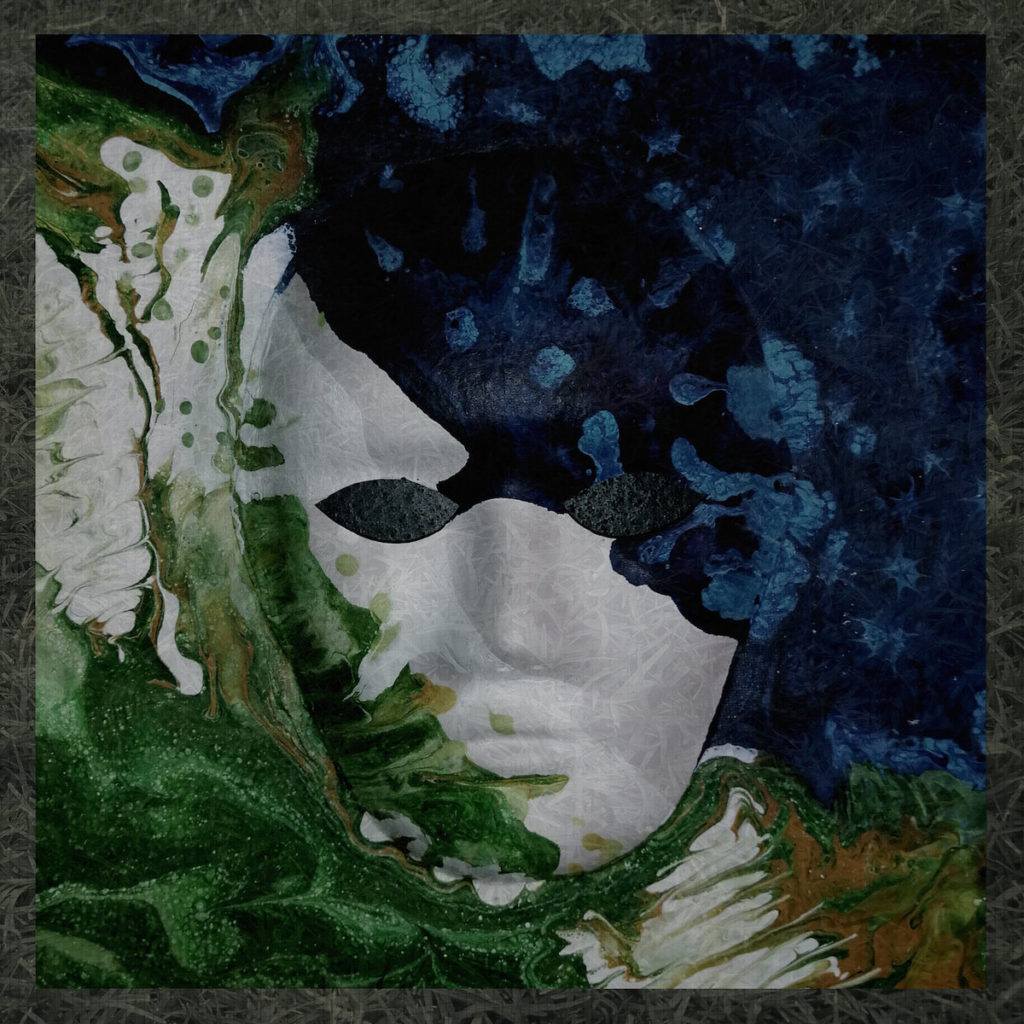
#2
Celestial Rituals – Invoke (Ness Remix)
[Informa Records, 2019]
In 2019, Ness already had the experience behind the decks in OZORA Festival, psytrance-oriented as mentioned earlier, and in MoDem, more extreme, with very high BPM music. He remembers: “I found these festivals mind-blowing, from their original concept, their creative setting to the audience, made of lovely people, particularly nice and authentic. The psy vibe is very special. This is from this migration that I gave the title to my album Trancemigration.”
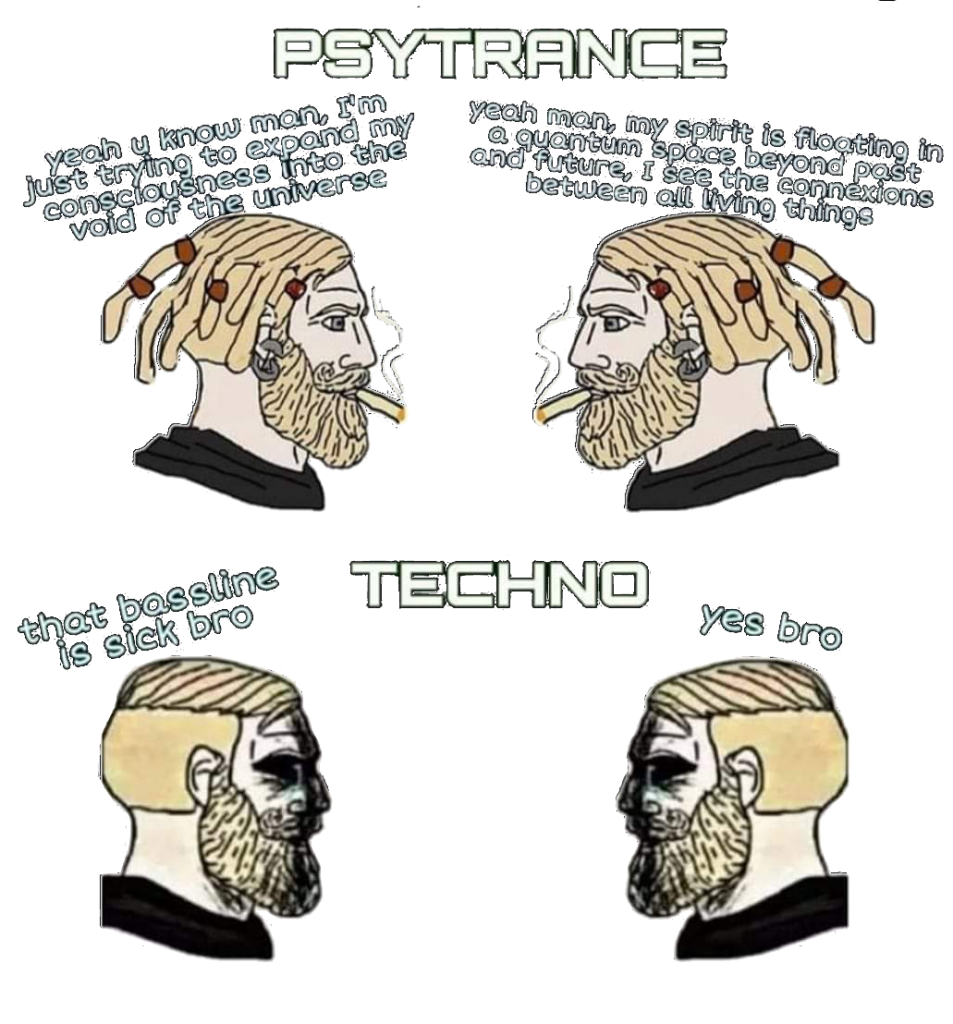
Of course, this is just a provocative joke, both genres being potentially beautiful and inspiring, but Ness’ music is somewhat in-between today. When he received the project of Celestial Rituals, with its mesmerising tribal and dreamy sounds, again on Informa Records, he was very happy to contribute. In line with what he produced in “Trancemigration”, his version of “Invoke” is simply magical: it instantly brings the listeners to those festivals…
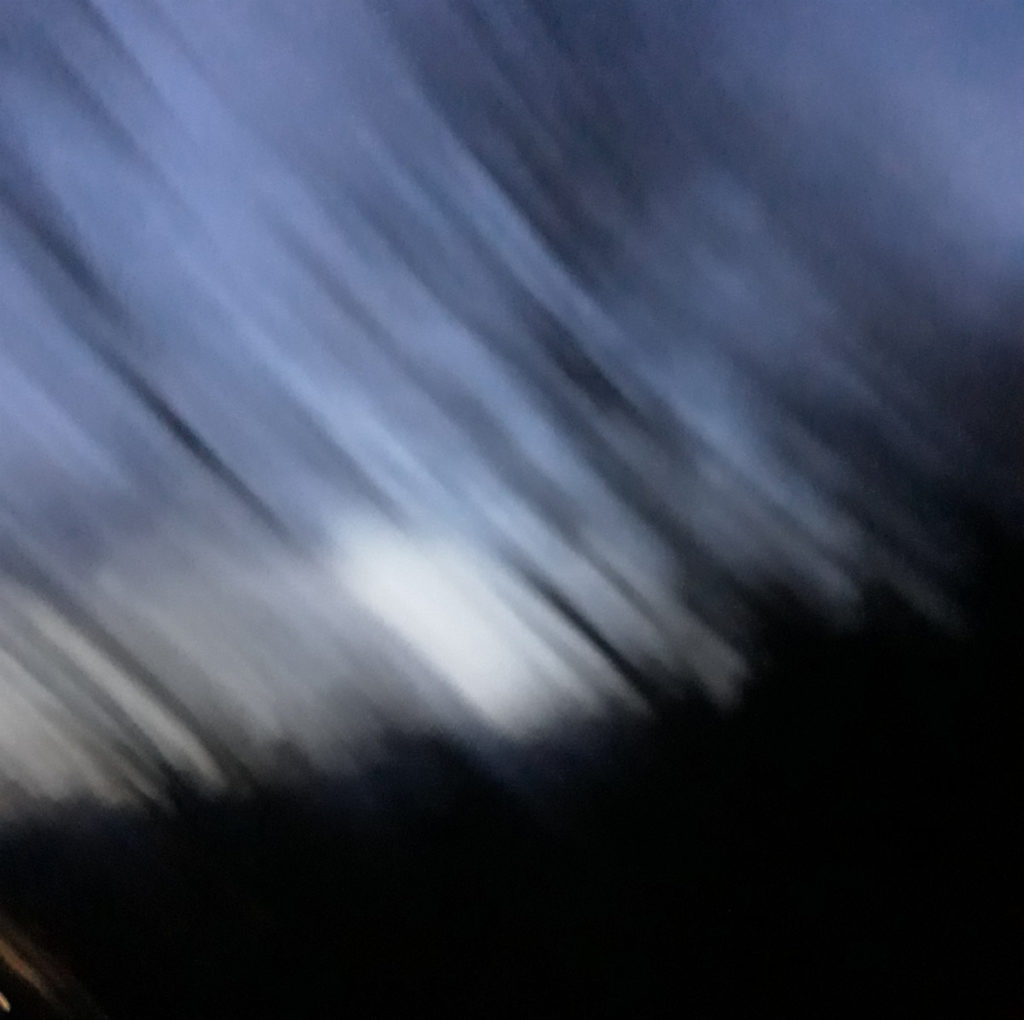
#1
Ness – Vardar
[Affin, 2020]
The title refers to one of the longest rivers in Southern Europe (and incidentally to a metro station in Sofia, the capital city of Bulgaria). While some people may feel the cruise from Macedonia to the Aegean Sea, we personally see with such an epic progressive track the ascent to the “Gods’ planet” (it is worth mentioning that Claudio PRC was not far in the project, for having also contributed to it with another track). With amazing work on the tension and a subtle emotional intensity, only a few artists are capable of producing, the track gives chills and easily reaches the top of our ranking.
Ness returns to the creative process of the piece: “In fact, it was produced in late 2015, in a period of my life marked by the move to Barcelona. I had no studio when I arrived, so I was temporarily making music in my bedroom. The creative process behind Vardar, as far as I remember, was quite immediate and simple. It’s the result of a live jam session, as you can feel from the evolution of the chord/synth leading to the manipulation of the rhythm. It also contains a vocal sample from my partner, used as the background atmosphere in the intro part. I don’t do multitrack recordings; each sequence is recorded separately. It’s only after that that I group the layers together. As far as I remember, it seems that the chord/synth was the starting point from which I built up all the other elements around. When I don’t procrastinate too much with the jam session, I tend to jump to the arrangement part. I can’t really remember if I spent much time on the post-production. I certainly did, as for the majority of my compositions. If I could go back to it, I would probably make a different mix, but this is some kind of perfectionist reinterpretation and revision, which probably only make sense to the producer’s perspective.”
A MIX YOU SHOULDN’T MISS
In 2020, to celebrate its 10th anniversary, TGP saw things big by releasing a monumental VA, made of 22 gems exploring deep territories with billowing chords and subtle doses of melodic drive. Whether beautiful, intriguing or massive, the precious tracks have been grouped together in the compilation to form a consistent journey, also thanks to the work of Artefacts Mastering, one of the best studios in the scene. Mixing the tracks together has however not been easy, as explained by Ness: “Building a mix of tracks I already had without the possibility to change any of them has been pretty challenging. It took me some time to properly sequence all of them in a way that would make sense. I have done several tests and shuffled the mix in many ways, but while the process has been quite difficult, I’m happy and satisfied with the result.”
“The result”, as expressed by Ness, is a very authentic mix, in the image of its author, with DJ moves that can be sensed for instance through the cut of the bass frequencies during the transitions. To the question “What is a great mix?”, Daniel Avery answered: “A mix where I can get lost in.” From the evasive aerial pads to the undulating energy, everything has been made to enter the trippy state evoked by Avery. The 4/4 rhythms, with their pulsating low-end drive, add some charisma to the overall experience. The mix is a pleasant journey, tainted with sonic discoveries and developing a layered thickness, which keeps on rolling on, long after the set is over. “10th anniversary” has ultimately also a special meaning, for any label owner caring about his project with so much passion, and for the listeners, who may remember, through the journey, that TGP has been part of their lives for more than an entire decade now…
TRACKLIST
(Please buy the tracks to support the underground scene with us)
1. Hierarchy – Hanakai [The Gods Planet]
2. a_000 – Andlen [The Gods Planet]
3. Akob – Alcyone [The Gods Planet]
4. Andrea Cossu – Surge [The Gods Planet]
5. Save Your Atoll – Mediterranea [The Gods Planet]
6. Kaspiann – Sansevieria [The Gods Planet]
7. Unsung I – Cloud 9.1 [The Gods Planet]
8. Deepbass & Ness – Last Journey To Catalunya [The Gods Planet]
9. Dorian Gray – Psychic Wave [The Gods Planet]
10. Ryogo Yamamori – Mongol Shiltgreen [The Gods Planet]
11. Guise – Tarsal [The Gods Planet]
12. Primal Code – Origins [The Gods Planet]
13. ALPI – Discontinuity [The Gods Planet]
14. Viels – Empirical Factor [The Gods Planet]
15. henrik. – Deployed [The Gods Planet]
16. Basis Change – Maiden [The Gods Planet]
17. Matthias TORM – Synchronous Rotation [The Gods Planet]
18. Essē – Less [The Gods Planet]
19. Nothing Is Real – Seabed [The Gods Planet]
20. Archivist – Fly In Amber [The Gods Planet]
21. Motionen – The Soft Touch [The Gods Planet]
22. Celestial Rituals – Icaro [The Gods Planet]
INTERVIEW ON A SELECTED TOPIC
Ness shares his views on the difficulties of achieving the goals in the techno realm.

Which challenges are you facing as a label owner and as an artist that are potentially restricting your creativity and your freedom to produce?
The biggest challenge at the moment is the fact that vinyl manufacturing is going extremely slow for various reasons, so this is affecting both the release schedule on the label and my own productions. I’m still old school / romantic for certain ways of presenting the result of my creations, even if at some point it forces me to accept the situation as it is. Therefore, with the number of music demos that I regularly receive, it has become a necessity to create a digital-only series in TGP, to compensate for the slowness of the vinyl market.
What about DJ’ing, are there also any breaks on artistic expression? For instance, are you still anxious before going on stage and if yes, how do you manage the stress?
Because it is one of the things I love the most, in different levels of intensity, I’m always anxious to give the best version of myself to vibe with the environment around me. I’ve tried to manage the stress in multiple ways, but none of them worked out, but I also get used to the feeling and accept it as part of the game.
How would you define “artistic success”? What do you think of the conception that it is connected with having a large number of followers and buyers for instance?
It’s a complex topic that can’t have a single answer. It’s also influenced and shaped by the time we live in. In my opinion, the numbers in a social network don’t truly represent the intrinsic value or success of an artist. It’s in fact the biggest illusion of our times. It may be very dependent on how we see the world through its various political systems. For instance, in my view, contrary to what the capitalist system wants us to believe, artistic success has nothing to do with the number of sales. It may be achieved by releasing music on a label you’ve been following for years, from the feedback of an estimated colleague, from the invitation for an event you’ve dreamt of, from getting a residency in your favourite venue, or from travelling in magic locations which you’ve always felt a deep connection with. As far as I can think about it, it has – at least for me – always been related to personal joy and happiness achieved through art, an emotion that can’t be bought.
If you had the opportunity to travel back in time and meet your young self, what advice would you give him?
The answer is as much utopian as the question, so my only advice would be: if a man from the future comes to give you pieces of advice, don’t listen to any of them, not even this one!
LINKS
WRITING BY: CEDRIC FINKBEINER | 14 MAY 2022

